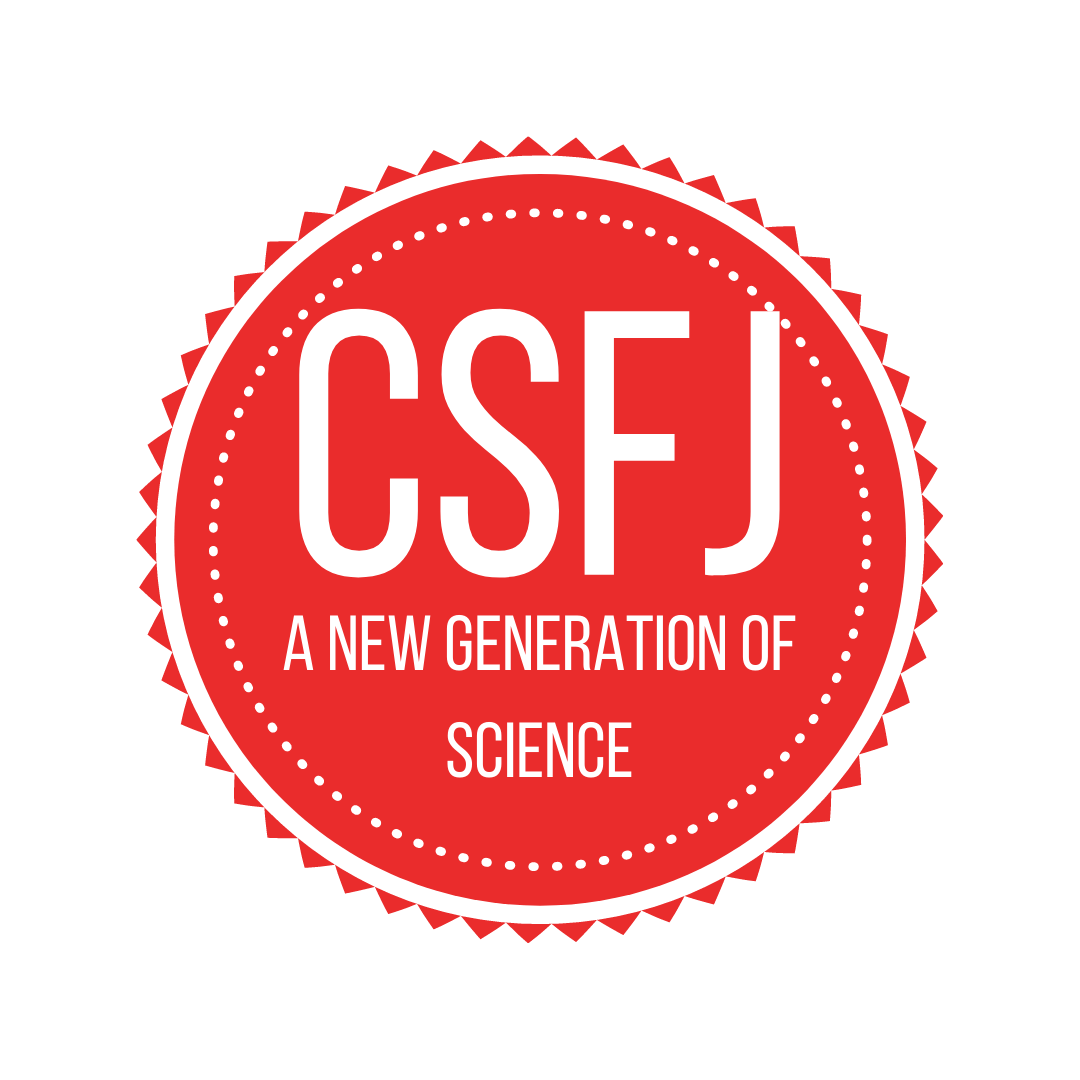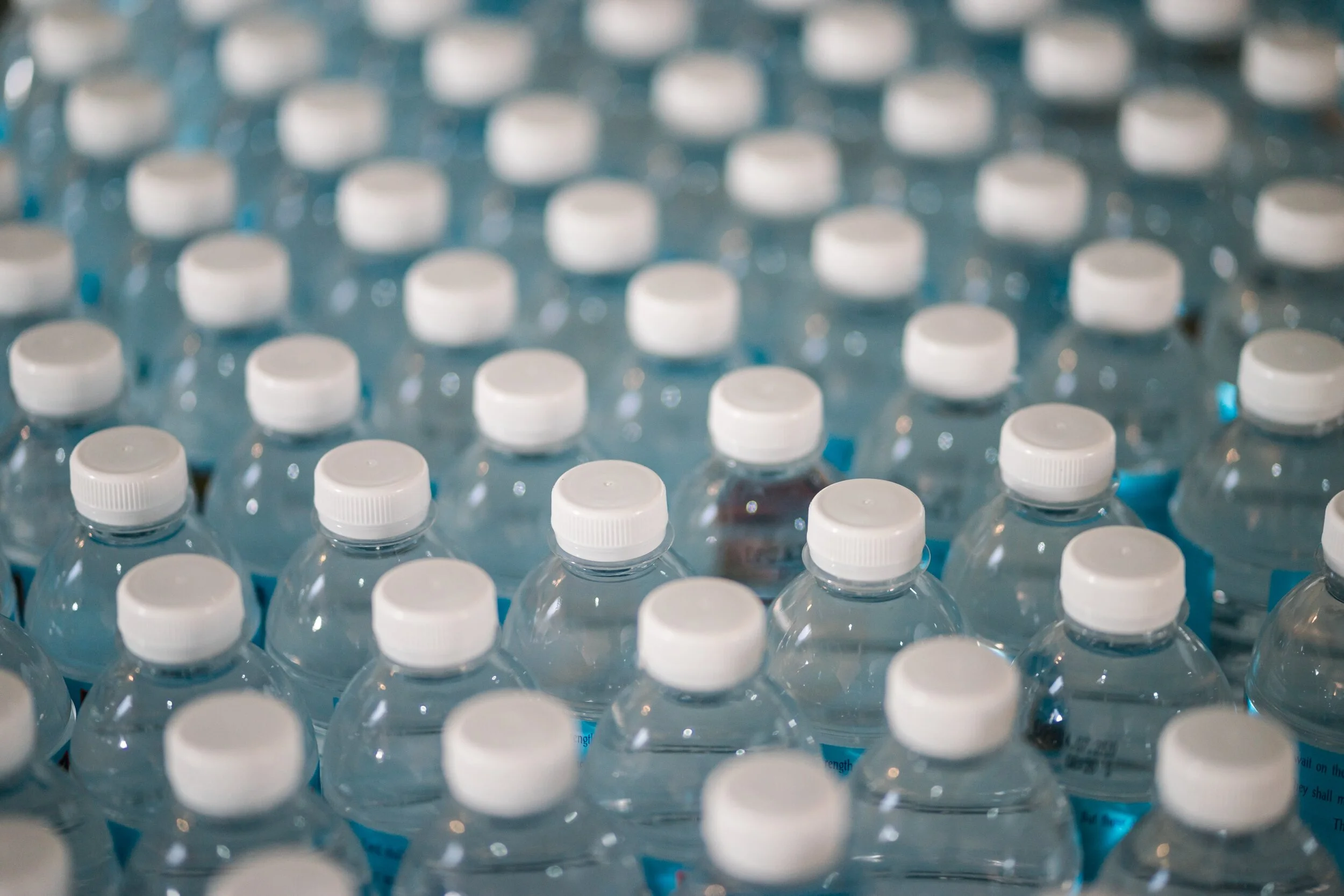April 2021
Volume 3 Issue 7
Volume 3 of The Canadian Science Fair Journal has showcased nearly 50 wonderful articles and projects by bright young scientists from across Canada and beyond, and our last issue of the year is no exception. We want to thank everyone – whether an author, mentor, or volunteer – who has contributed to making Volume 3 our biggest volume yet. Happy reading, and have an amazing summer!
by Grant Ou
The Ultrasonic Radar looks like a radar, moves like a radar, and acts as a radar. Rather than broadcasting radio waves, it uses ultrasonic waves, which is similar in principle. The distance readings from the ultrasonic sensor are then mathematically graphed onto the screen, from which the distance of an object in any given direction can be seen.
by Daphne Thompson
“Snow mould” becomes a problem as snow melts, leaving a damp and warm environment for mould to thrive. Not only does melting snow provide an ideal environment for the spores of the mould to reproduce and the hyphae to grow, it can also be a carrier of spores. However, different research suggests that the hyphae themselves of some moulds may contain an antifreeze protein that allows the spores to survive at colder temperatures (0°C≥) by absorbing ice crystals.
by Edward Xiong
My device is significantly cheaper than buying a commercially made infrared spectrometer that is used in research labs to distinguish different types of plastic. Each type of plastic had a characteristic reflection and absorption properties. Machine learning could identify the types of plastics 90-99% certainty. This research is important because recycling and diverting more plastics from landfills will, in turn, prevent these plastics from polluting the environment.
by Haarini Suntharalingam
Evidence from previous studies has concluded that Verbena officinalis has many potential anticancer effects in hematological malignancies such as chronic lymphocytic leukemia and chronic myeloid leukemia. However, this essential oil has not yet been investigated in Acute Myeloid Leukemia (AML). this study will look towards the properties of Vitamin D3 which will strengthen the effects of Verbena in AML treatment. This experiment will suggest whether Verbena officinalis, Lippia javanica, Aloysia citriodora, and/or Vitamin D3 exhibit individual therapeutic effects in AML cells.
by Owen McNally
Last winter, I learned that the Children’s Hospital of Eastern Ontario (CHEO) in Ottawa does not accept donations of used books to share with patients. Despite having no scientific evidence, this rule was created due to concern that books might contain dangerous, or pathogenic, bacteria and make children sick. Instead, to promote literacy they purchase (or take donations of) new books. I decided to explore whether the concern was appropriate by performing an experiment testing whether used books contained more pathogenic bacteria when compared with new books.
by Rohan Gupta
Urbanization has fundamentally altered the way water moves through landscapes. When rainwater cannot soak into the ground, it runs along streets and parking lots and picks up pollutants such as debris, sediments, pesticides, automotive fluids, fertilizers, and herbicides. The objective of this study is to investigate effects of stormwater on the root growth and chromosomal aberrations of Allium cepa L. Data obtained from this study may reveal the possible health implications of stormwater on marine life and assist policy makers on creating a water treatment plan for its discharge into the ocean.







